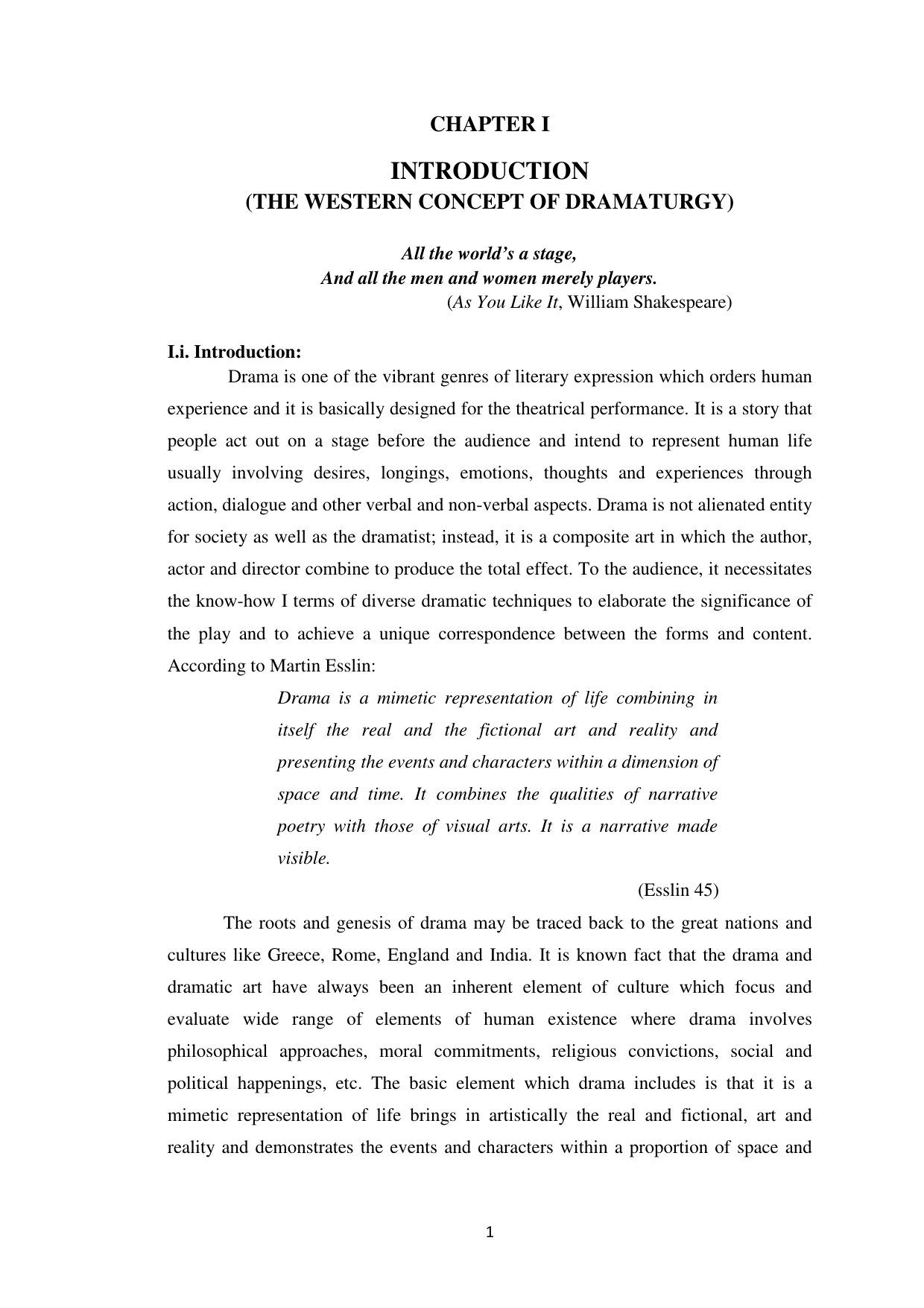


ANKUR NAYYARAnkur NayyarFrom Wikipedia.PAUL POOVATHINGALPaul PoovathingalFrom.ALEX THOMAS KALIYANILAlex KaliyanilFro.SHANTANU NARAYENShantanu NarayenFrom W.DAVID CAMPBELL BANNERMANDavid Campbell.ASHOK SALIANAshok SalianFrom Wikipedia.MAR BOSCO PUTHURBosco PuthurFrom Wikip.28 MAY HILLA SETHNAHilla SethnaBorn:28 MayHilla Se.CHIARA MASTROIANNIChiara MastroianniFr.KYLIE MINOGUEKylie MinogueFrom Wikiped.TOBY HEMMINGWAYToby HemingwayFrom Wiki.PANKAJ KAPOORPankaj KapurFrom Wikipedi.M.H.AMBAREESH Celebs » Ambareesh » Bio.ANNETTE BENINGAnnette BeningFrom Wikip.SHREENATH BHASISreenath BhasiFrom Wiki.GULSHAN DEVAIAHGulshan DevaiahFrom Wik.ANAND TIWARIAnand TiwariFrom Wikipedia.27 MAY ASHA SACHDEV Previous NextAsha SachdevI ent.Shanta Gokhale (2008). "Mapping Marathi theatre".Playwright at the Centre: Marathi drama from 1843 to the present. Shanta Gokhale National School of Drama (2000).Western influence on Marathi drama: a case study. Mehta also adapted and Ionesco with Chairs. Deshpande's Teen paishacha Tamasha (1978), an adaptation of Brecht's The Threepenny Opera. In the 1970s, the tamasha form was employed as narrative device and style in several notable plays like Ghashiram Kotwal by Vijay Tendulkar, Vijaya Mehta's Marathi adaptations of Bertolt Brecht's The Good Woman of Setzuan as Devajine Karuna Keli (1972) and Caucasian Chalk Circle as Ajab Nyaya Vartulacha (1974), P. Over the years, some modern theatre practitioners have incorporated the traditional forms like tamasha and dashavatar into their plays. The success of his theatre company, Kirloskar Natya Mandali paved way for commercial repertories in Marathi theatre, and subsequently the formation of Natak Companies. However it took a distinct theatre form with the musical Shakuntal by Annasaheb Kirloskar in 1880, again based on a classical work, Abhijnanasakuntalam by Kalidasa. The coming decades saw notable plays like Jhansichya Raniche Naatak (1870), Sawai Madhavravancha Mrutyu (1871), AfjhalKhanachya Mrutyuche Naatak (1871) and Malharrav Maharaj (1875). After the success of his play, we staged many more plays about other episodes of Ramayana largely influenced by Shakespearean theatre and Parsi theatre, and went on form a travelling theatre troupe. Staged in 1843 in Sangli, with ruler the princely state of Sangli in audience, it was an experimental play, based folk theatre form, Yakshagana from the neighbouring Karnataka state. Thus the first public performance of a stage play in Marathi was Sita Swayamvar (Marriage of Sita) by Vishnudas Bhave, based on a popular episode of epic Ramayana.

Though there have been references of 17th-century plays, like Lakshmaikalyanam in Marathi-language staged for the Bhosale ruler of Tanjore in present Tamil Nadu state, they were court plays.


 0 kommentar(er)
0 kommentar(er)
